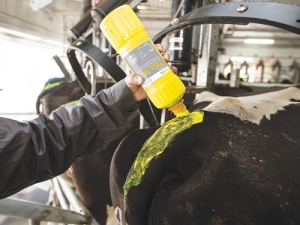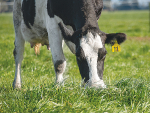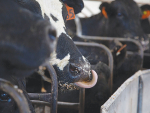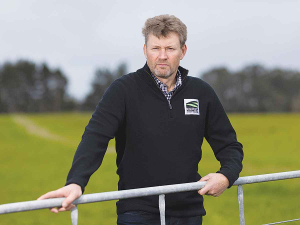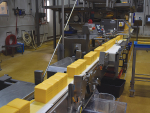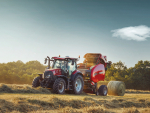FIL says Tell Tail, made and sold in NZ for 25 years, is proven and cost-effective, designed specifically for dairy cow heat detection.
Product manager Wayne Cockburn says the product is unique and seen by farmers as the best tail paint available.
Innovation over 25 years has made the paint brighter, easier to apply and longer lasting, he says. It’s the only locally made tail paint containing fluorescent pigments -- six colours -- enabling farmers to devise a painting plan for each stage in detection to pregnancy.
The applicator cap was developed 20 years ago, taking away the hassle of a can and brush. It is durable enough to last up to 21 days on the cow, subject to conditions and correct application, and when the cow is mounted will break down to provide easy visual indication.
Cockburn says testing on competitor products shows most came off the animals too quickly; some didn’t rub off when the animal was mounted. “We continually benchmark against our competitors, so that FIL products stay abreast of the market.”
Another FIL product is Detail -- a water-based paint used by a growing number of farmers because convenient 10L pails and added benefits better suit it to larger herd applications.
FIL national sales manager Colin May and area managers are at hand to work with farmers in implementing practical herd management systems.
Says May, “FIL’s colour process of heat detection is a simple tool, enabling quick identification of cows coming into or on heat. For example, we paint the cows with red tail paint about three weeks after calving. When the paint has been rubbed that indicates the cow has started her cycle and then green tail paint is applied. In cases where it hasn’t been rubbed, farmers are advised to involve a vet.”
When green paint is rubbed this identifies cows coming into heat on a daily basis. After AI, cows should be painted with blue; if the paint rubs off, the cow is not pregnant. And yellow should be applied once the pregnancy is confirmed.
The tail paints are sold in rural retail stores.
Tel. 0508 434 569





